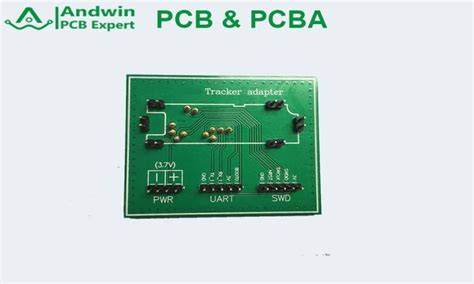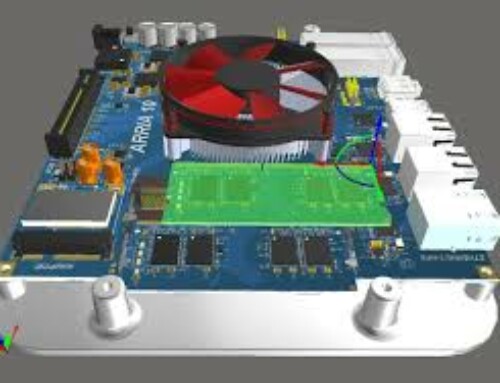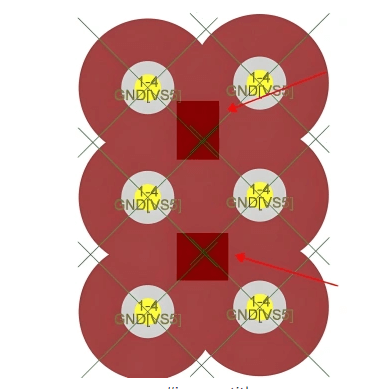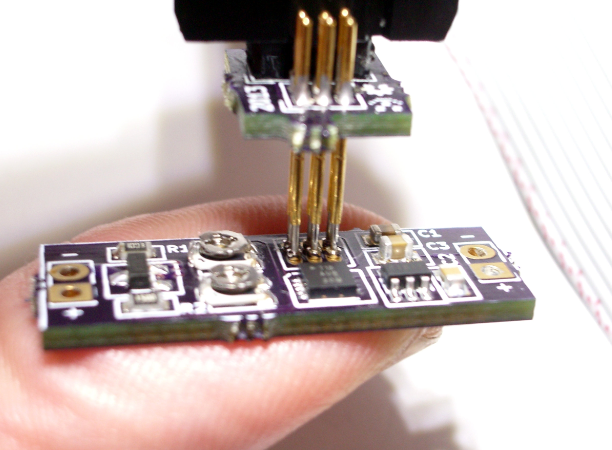Streamlining Your Project with Consigned PCB Assembly Solutions
Key Takeaways
Consigned PCB assembly (PCBA) offers a unique solution for manufacturers looking to enhance project efficiency and quality. By leveraging consigned PCB assembly, companies can control costs and streamline their production processes. One of the key advantages of this approach is the ability to optimize inventory management; manufacturers supply the necessary components, allowing for reduced waste and minimized lead times. This collaborative effort between suppliers and PCB assemblers ensures a more tailored production workflow. Additionally, implementing best practices during the PCB assembly process can significantly impact overall project outcomes. Focused attention on quality control measures, alongside strategic planning, can lead to a reduction in errors and rework. Ultimately, adopting an effective consigned PCBA strategy not only fosters better resource allocation but also enhances customer satisfaction through timely delivery of high-quality products.
Understanding Consigned PCB Assembly: A Comprehensive Overview
Consigned PCB assembly (PCBA) is a strategic approach that maximizes efficiency in electronic manufacturing by allowing clients to provide their own components for assembly. This model not only bolsters project control but also offers significant flexibility in procurement. By leveraging consigned PCB assembly, businesses can streamline their production workflows, minimize inventory costs, and reduce lead times, ensuring that projects remain on schedule. A comprehensive understanding of this model involves recognizing the roles of both the client and the assembler. The client must carefully manage their supply chain to ensure that components meet quality standards and provide accurate quantities for assembly. Meanwhile, the assembler focuses on efficient handling and integration of these components into the final product. This symbiotic relationship optimizes both resources and time, resulting in a higher quality end product with reduced risk of delays. In essence, engaging in pcb assembly through consignment can elevate operational efficiency while maintaining quality control throughout the development process. Understanding these dynamics is crucial for any organization considering this approach to PCB manufacturing.
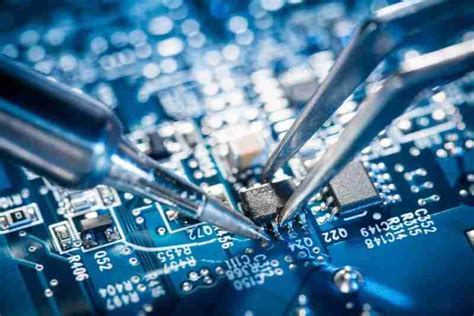
Key Benefits of Consigned PCB Assembly for Your Projects
Consigned PCB assembly (PCBA) offers numerous advantages that can significantly enhance project efficiency. One of the primary benefits is the reduction in lead times. By utilizing a consignment model, companies can keep essential components on hand, allowing for quicker assembly and faster turnaround times. Additionally, this approach minimizes inventory holding costs, freeing up resources that can be allocated elsewhere.
Another important aspect is the improved flexibility in production schedules. When components are consigned, teams can more easily adapt to changes in demand or design iterations without incurring additional costs associated with reordering materials. This flexibility is essential in today’s rapidly evolving technological landscape.
Moreover, quality control is enhanced through consistent sourcing and handling of components. With a dedicated set of suppliers for consigned material, teams can maintain stringent quality assurance processes and ensure that every part meets specified standards. This leads to fewer defects and a more reliable overall product.
Here’s a brief overview encapsulating some key benefits:
| Benefit | Description |
|---|---|
| Reduced Lead Times | Quicker assembly operations due to on-hand materials |
| Lower Inventory Costs | Decreased costs associated with holding large quantities |
| Increased Production Flexibility | Easier adaptation to market demand or specification changes |
| Enhanced Quality Control | Improved reliability through standardized suppliers |
In conclusion, consigned PCB assembly not only streamlines the production process but also fosters an environment of efficiency and adaptability that is crucial for the success of modern electronic projects. Embracing this approach allows businesses to focus on innovation without being hindered by traditional constraints.

The Process of Consigned PCB Assembly: Step-by-Step Guide
The process of consigned PCB assembly involves several meticulously designed steps that facilitate the integration of components onto a printed circuit board (PCB). Initially, the project begins with designing the PCB, where engineers create schemes that dictate where each component will be placed. This stage is critical as it sets the foundation for the entire assembly. Following this, a Bill of Materials (BOM) is generated, listing every component required for production. Sourcing these components is next; in consigned scenarios, clients provide their own parts, allowing for greater control over supply chain efficiency.
Once components are gathered, they undergo thorough quality checks to ensure they meet specifications; this helps in maintaining high quality during assembly. Afterward, the actual PCB assembly takes place using automated processes such as surface mount technology (SMT). This step is often crucial in determining the overall efficiency and reliability of your final product. Post-assembly inspections are essential; methods such as automated optical inspection (AOI) are used to detect any defects before moving forward.
Finally, functional testing verifies that the assembled boards operate according to design specifications. By adhering to these steps methodically, projects can benefit significantly from improved efficiency and reduced costs while ensuring that both speed and quality are prioritized throughout the PCB assembly process.
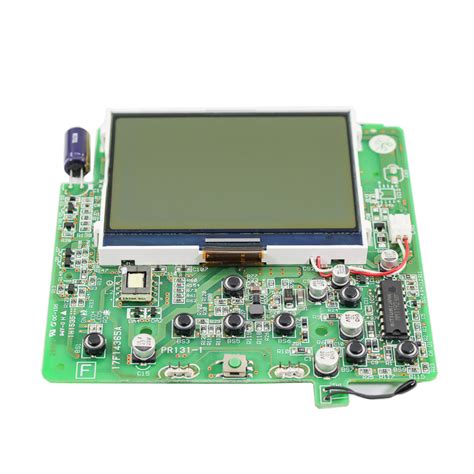
Best Practices for Effective Consigned PCB Assembly Management
Managing consigned PCB assembly effectively is crucial to achieving optimal results in your electronic projects. To start, clear communication with all parties involved is essential; this includes suppliers, engineers, and manufacturers. Establishing comprehensive documentation can help ensure everyone is on the same page regarding specifications and timelines. Additionally, maintaining an accurate inventory of components is key; it minimizes delays and ensures that all necessary materials are readily available for PCB assembly. Implementing regular quality checks throughout the PCBA process can help identify any issues early on, thereby preventing costly reworks or delays later in production. Furthermore, fostering strong relationships with suppliers can lead to improved collaboration and responsiveness, which ultimately enhances project efficiency. By prioritizing these best practices, you can streamline your consigned PCB assembly processes while maintaining high standards of quality that are crucial in today’s competitive landscape.
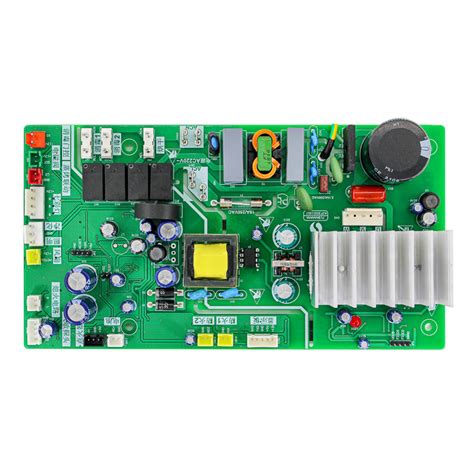
Cost-Reduction Strategies Through Consigned PCB Assembly
In the fast-paced world of electronics, cost-reduction is a critical focus for many companies. One effective way to achieve cost efficiency is through consigned PCB assembly. This approach allows businesses to maintain control over their inventory while minimizing waste, leading to significant savings. By sourcing their own components for the PCB assembly process, firms can strategically reduce costs associated with markups from third-party suppliers. Furthermore, this method streamlines the production timeline because organizations can ensure part availability without excess inventory. An additional advantage comes from the flexibility to negotiate better prices with component suppliers, which can further enhance the overall cost management of projects. Additionally, implementing best practices in PCBA management, such as optimal inventory control and supply chain integration, not only smoothens workflow but also promotes timely project completion—reducing delays that often lead to increased expenses. When combined with rigorous quality control processes, companies can foster an environment where both cost savings and high standards coexist harmoniously in electronic design initiatives. Thus, leveraging consigned PCB assembly serves not just as a financial strategy but as a comprehensive methodology that enhances overall project efficiency in today’s competitive market.
Ensuring Quality Control in Consigned PCB Assembly Projects
Maintaining quality control in consigned PCB assembly projects is crucial for delivering reliable and functional electronic devices. The quality assurance process begins with selecting high-quality materials and components, ensuring that they meet the necessary specifications for the final product. Regular inspections throughout the pcba process are essential to identify any defects early, reducing the risk of costly rework later on.
Implementing a comprehensive testing strategy is vital, with techniques such as Automated Optical Inspection (AOI) and In-Circuit Testing (ICT) helping to safeguard against errors. These testing methods not only verify the integrity of solder connections but also confirm that components are placed correctly according to design specifications.
“Quality control is about more than just checking; it’s an ongoing commitment to excellence at every stage of assembly.”
Furthermore, fostering clear communication between your team and the assembly partner ensures that any issues are quickly addressed. By establishing feedback loops, you can continuously improve processes and maintain high standards of production quality in your pcb assembly projects. It’s also beneficial to document every step meticulously; this allows for easier tracing of problems should they arise later.
A commitment to training staff in best practices can enhance understanding of quality metrics as well, ensuring everyone involved in the pcba process works toward common quality goals. By prioritizing quality control throughout consigned PCB assembly, you can enhance both reliability and customer satisfaction while optimizing overall project efficiency.
Comparing Consigned vs. Traditional PCB Assembly Methods
When evaluating consigned PCB assembly against traditional methods, several factors come into play that may significantly influence project outcomes. Consigned PCB assembly allows manufacturers to leverage components sourced directly by the customer, which can lead to improved flexibility and control over the supply chain. Additionally, this approach often results in reduced costs and enhanced efficiency, as companies can avoid surplus inventory and only procure what they need for each specific project. On the other hand, traditional PCB assembly relies heavily on suppliers to manage component sourcing, which may introduce delays and increase expenses due to minimum order quantities.
Moreover, in consigned PCBA practices, there is a stronger emphasis on collaboration between the design team and assembly house. This collaborative environment encourages timely feedback and adjustments that can enhance the design’s functionality. Such interactions become more challenging within a traditional framework where communication bottlenecks might arise due to third-party involvement.
Quality assurance is another critical point of differentiation. With consigned PCB assembly, manufacturers have more direct oversight over component selection and inventory management. This not only ensures adherence to specific quality standards but also fosters a stronger culture of accountability throughout the production process. Conversely, traditional methods might struggle with maintaining consistent quality due to multiple layers of supply chain management.
Ultimately, the choice between consigned and traditional methods hinges on project requirements, budget constraints, and the desired level of direct involvement throughout the production lifecycle. Understanding these nuances can help stakeholders make informed decisions that align with their strategic objectives while maximizing efficiency in their electronic designs.
Real-World Success Stories: Streamlining Projects with Consigned PCB Assembly
In the competitive landscape of electronic manufacturing, many companies have turned to consigned PCB assembly solutions to gain a strategic advantage. For instance, Company X, a leading manufacturer of consumer electronics, saw a remarkable decrease in production lead times after adopting pcba methods. By leveraging consigned PCB assembly, they could source their own components and manage inventory more effectively. This not only streamlined their production process but also reduced overall costs. Another notable example is Company Y, which specialized in complex electronic systems. Facing challenges with quality control in their previous assembly methods, they transitioned to pcba and implemented rigorous standards throughout the assembly process. As a result, they not only improved product reliability but also enhanced customer satisfaction significantly. These success stories exemplify how integrating consigned PCB assembly can transform project efficiency and drive success across various industries, enabling companies to meet market demands more swiftly while maintaining stringent quality benchmarks.
Conclusion
In summary, consigned PCB assembly offers a strategic advantage for projects looking to enhance efficiency while managing costs. By understanding the intricacies of PCBA processes, teams can effectively streamline production. The incorporation of best practices not only mitigates potential risks but also ensures that quality remains uncompromised throughout the manufacturing stages. When evaluating consigned PCB assembly against traditional methods, the flexibility and customization options available become evident, allowing companies to tailor their approach to meet specific project demands. Additionally, incorporating robust quality control measures during the assembly phase further solidifies project integrity. As organizations transition toward more efficient manufacturing solutions, the adoption of PCBA can be a game-changer, leading to accelerated timelines and enhanced overall project success.
FAQs
What is consigned PCB assembly?
Consigned PCB assembly refers to a manufacturing process where the client supplies the necessary components for the assembly of printed circuit board assemblies (PCBA). This method allows for greater control over component sourcing and can lead to cost savings.
What are the primary benefits of choosing consigned PCB assembly?
The main benefits include reduced manufacturing costs, improved cash flow, and enhanced quality control. By providing your own components, you can ensure that they meet specific requirements and standards while streamlining production.
How does the consigned PCB assembly process work?
The process typically starts with a quote where you provide details on your PCB assembly needs. After agreement on pricing and timelines, you supply the components to the manufacturer, who assembles them according to your specifications.
What best practices should I follow for effective consigned PCB assembly management?
Maintain clear communication with your manufacturer regarding deadlines and specifications. Additionally, regularly review inventory levels of your components to avoid delays and keep a detailed record of all transactions and component lots.
How can I reduce costs with consigned PCB assembly?
Implement strategies such as sourcing components in bulk, negotiating terms with suppliers, and leveraging local suppliers to minimize shipping costs. All these tactics can lead to significant savings in your overall production budget.
How do I ensure quality control in my consigned PCB assembly projects?
Perform thorough checks on all components before they reach the manufacturer. Implement inspection processes throughout various stages of production to identify any discrepancies early, ensuring that the final PCBA meets all quality standards.
For more detailed information on PCB assembly, please visit our webpage. ### Discover More About Consigned PCB Assembly Solutions

